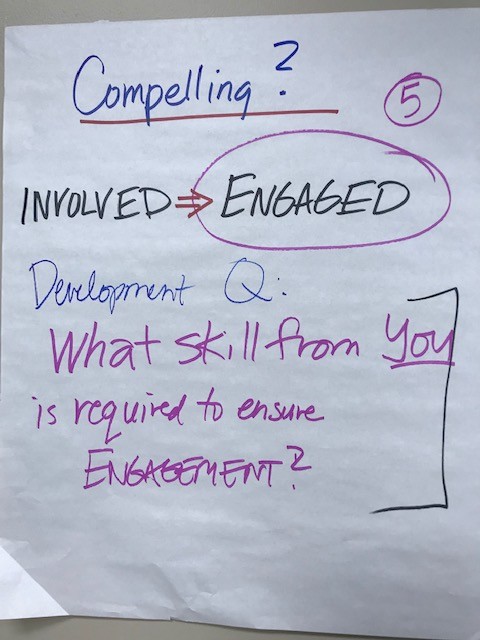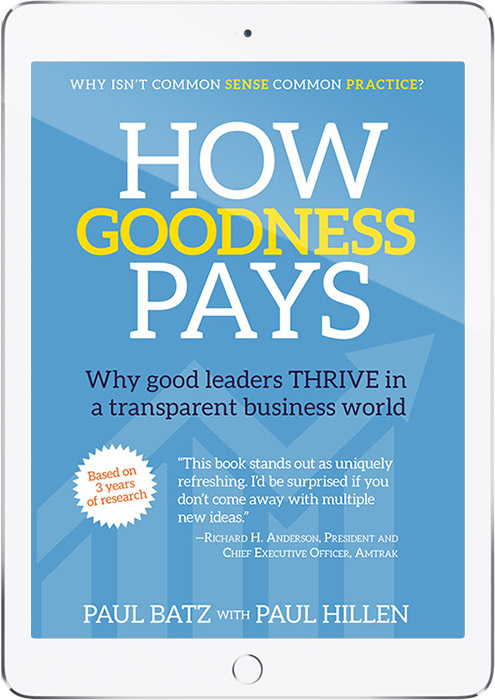

Involved = Engaged
Paul Batz

Last week, we helped a prominent national development company produce a leadership alignment retreat. The purpose was to involve the 41 members of the senior leadership team in making choices about their 2025 strategic plan. After reading the How Goodness Pays book written by Paul Hillen and myself, the CEO deliberately opened up the planning process, with the idea of improving leadership and employee engagement. The starting point for the work is the idea from the How Goodness Pays research: Involved = Engaged.
Since the term “employee engagement” first appeared on the management scene in the early 1990s, good leaders have been tuned-in to the importance of employees who are engaged with their work. The financial benefits are obvious: engaged employees like their work, so they show up more, and get sick less. They feel connected to the organization’s purpose, so they go the extra mile to make customers happy. And they help recruit new employees. It makes good financial sense to make sure employees are engaged.
What makes a plan compelling?

The How Goodness Pays research highlighted that having a “compelling plan” is the starting point to ensure goodness pays financially over the next five years. In other words, if your employees don’t view your business plan as “compelling,” then they are likely not engaged. The good news is employees will rate your business plan as compelling if they understand the answers to these five questions:
- Where in the marketplace are we going to play?
- How are we going to win?
- Where do I fit?
- Why do I matter?
- And how will I thrive in this plan?
Yes, it takes longer when we involve more people in planning. Yes, it’s difficult to have unrehearsed conversations about strategy with employees. But in the internet era, people expect to be involved. And for many leaders that’s a challenge!
The key for good leaders is to continually build new skills to meet the demands of the modern context.
So, the coaching question for today is: What skills do you need to build to increase engagement in your organization?




